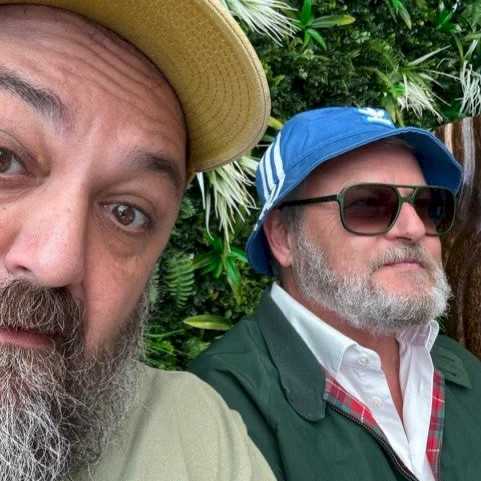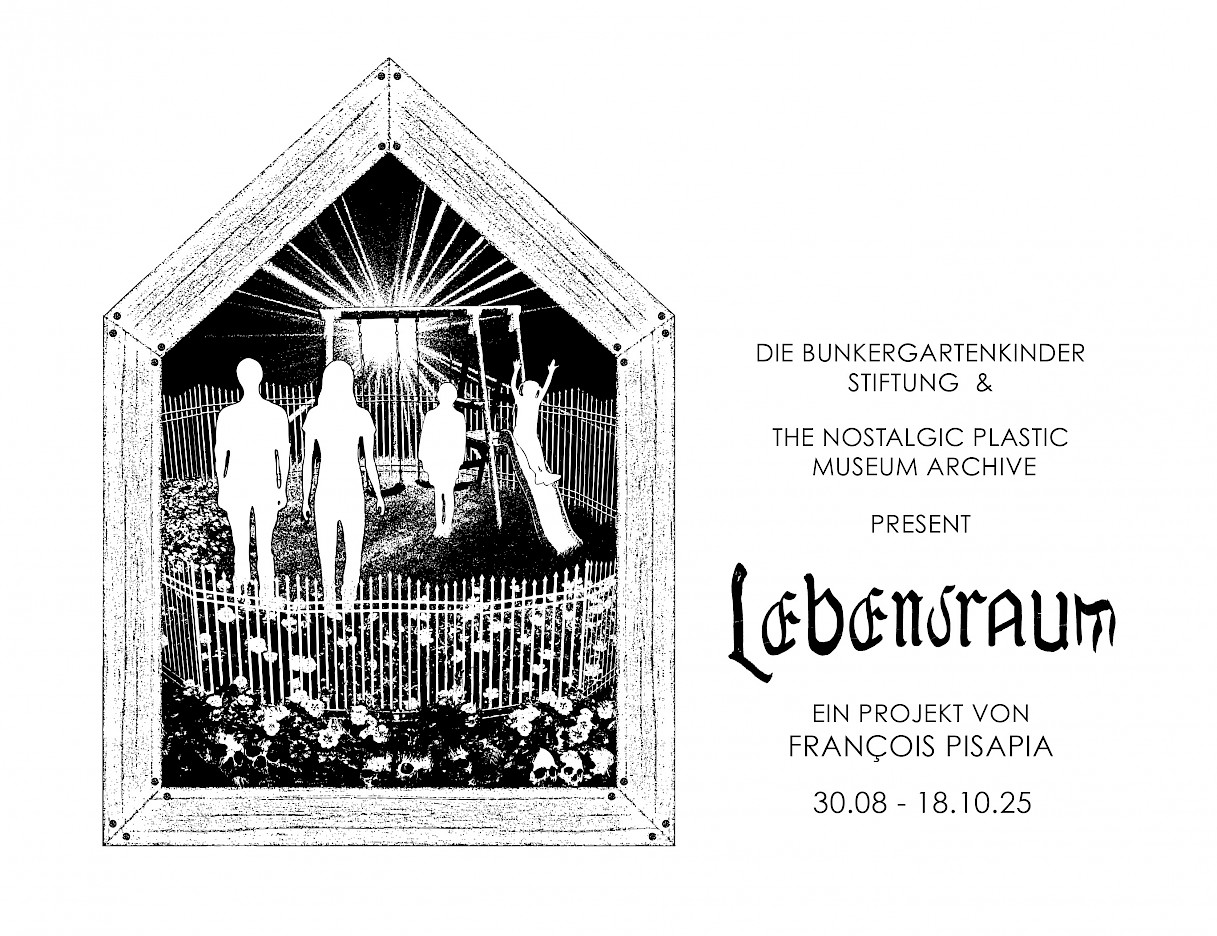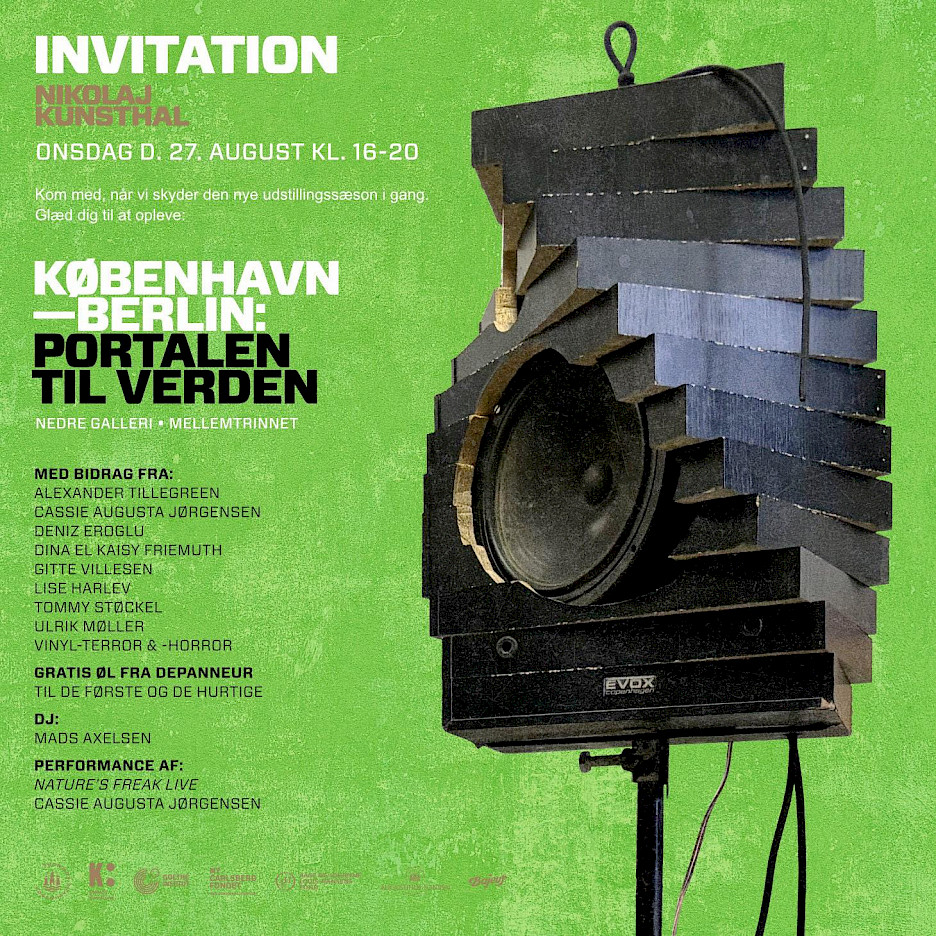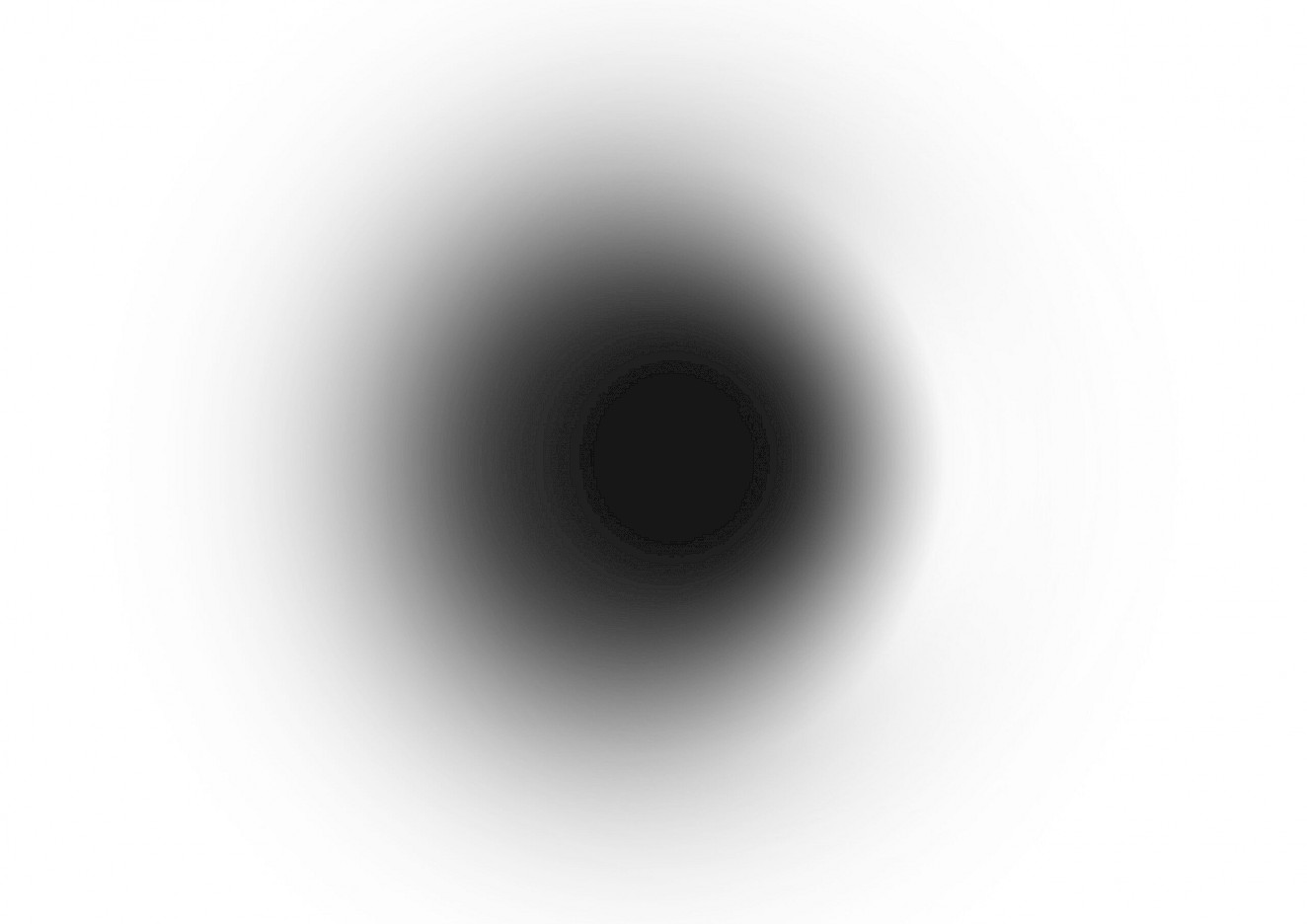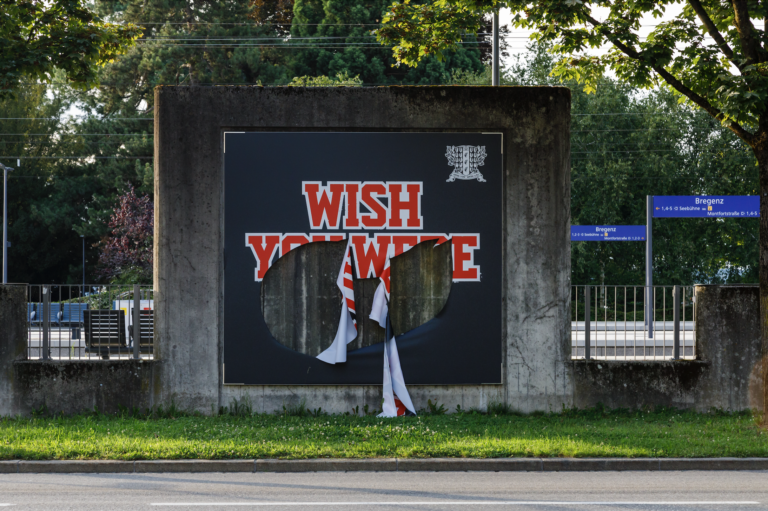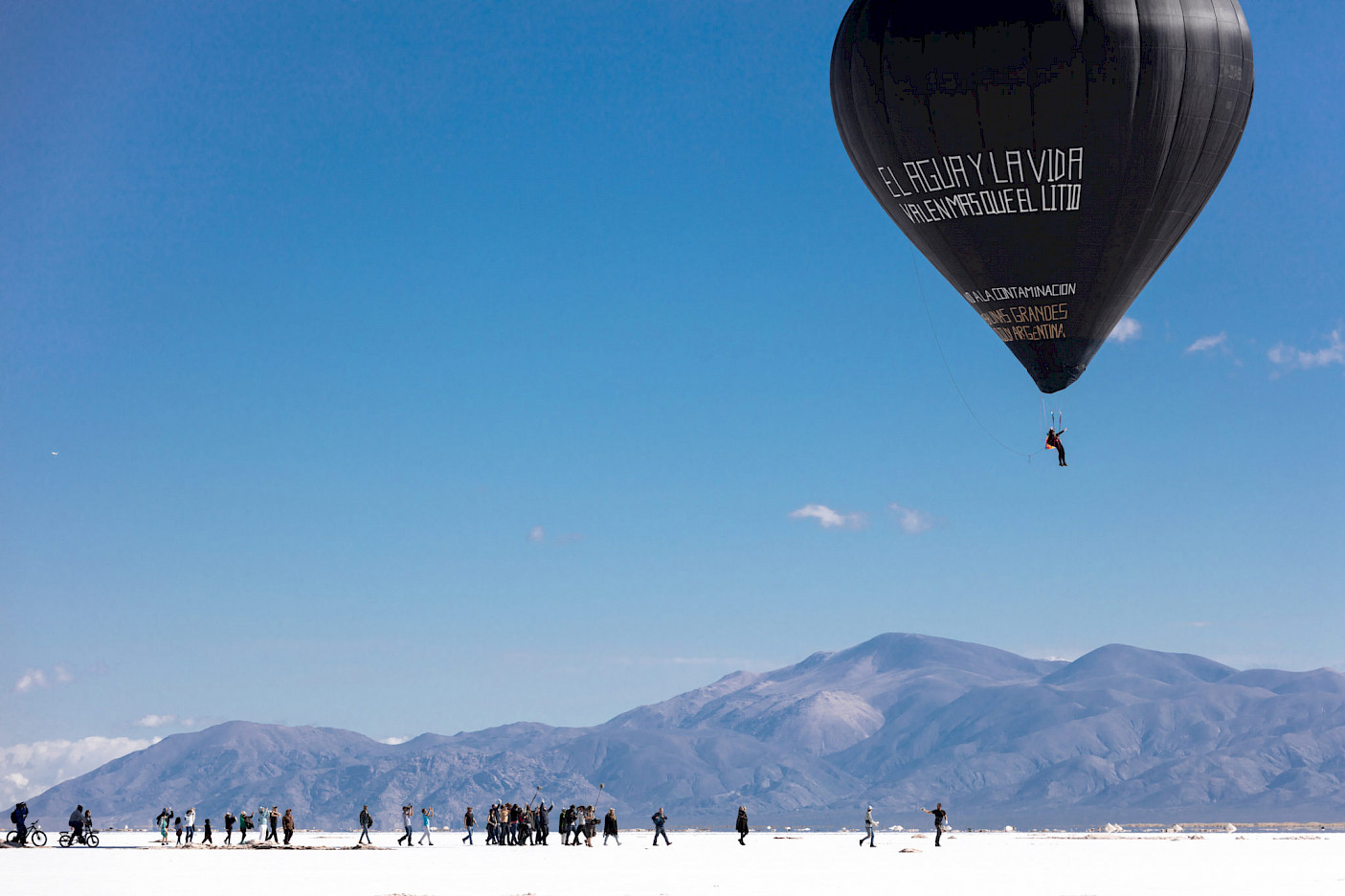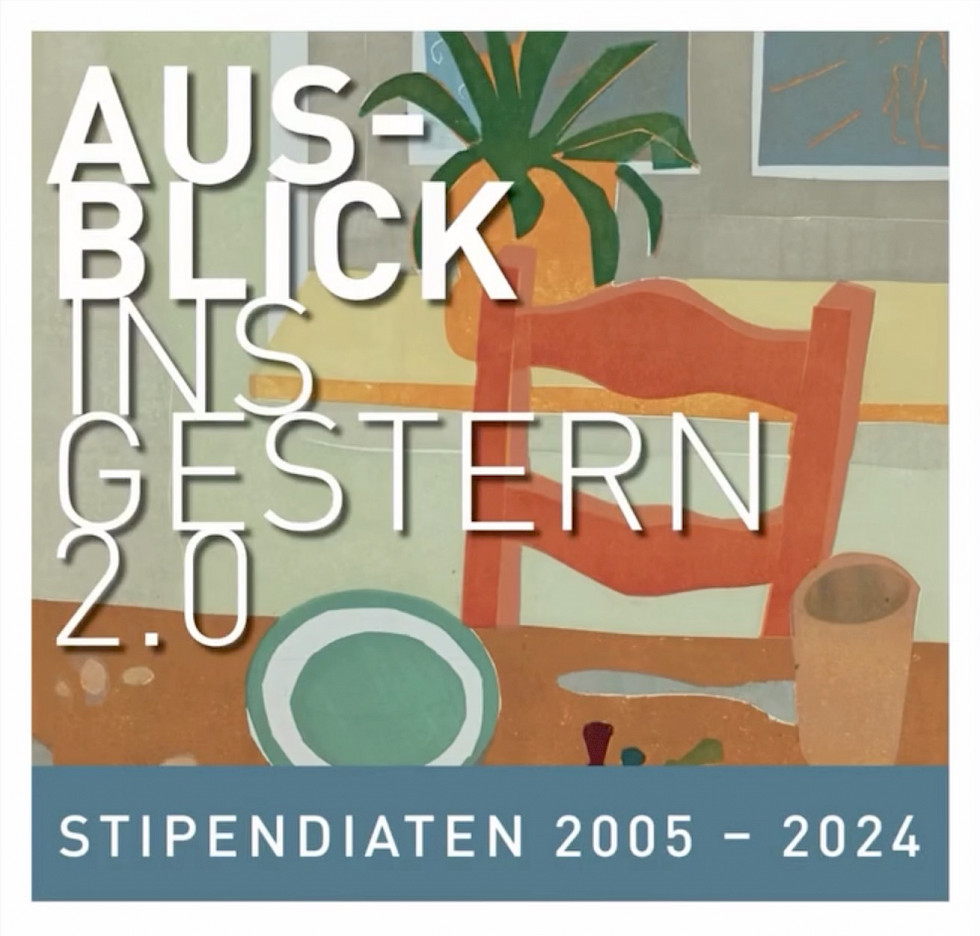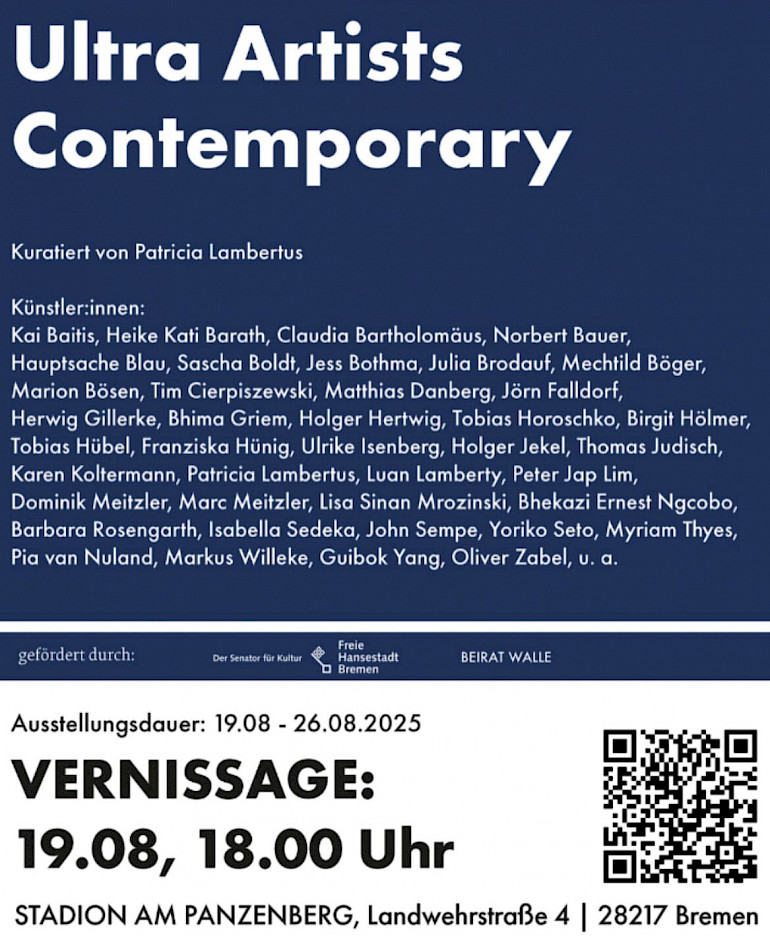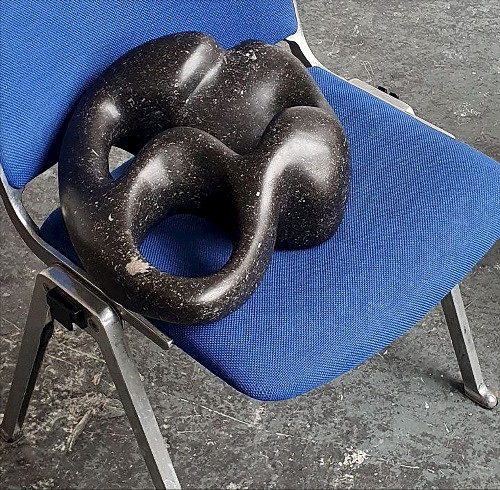by Line Lyhne
Saturday September 24th from 16h
In 1966, Danish engineer Finn Hendil designed the Phillips PM5544 test pattern that, over the next forty years, was used every time a local TV channel lost signal across the world. With its limited block colours, the test card evokes a vivid nostalgia for those who are old enough to have experienced the imaginary power of flow-TV, and to this day, remains a simple and iconic design. Contrasting colours, geometrical shapes, repetitive compositions; elements of the image enter our mind as abstract and alluring at the same time. Perhaps that is exactly where aesthetic attraction is made - in the moment of tension between the recognisable and indefinable.
Line Lyhne’s mosaics, hanging on the walls of SOL, are made from the sort of decorative tiling you find in domestic areas: pieces of glass, stone and ceramic - material which is put up and torn down from kitchen and bathroom walls all around the world on a daily basis. But in Lyhne’s work, the mass-produced standard tiles are given another kind of life: taken out of their usual context and placed as fragments in a painterly composition (clearly referential to long-standing art historical tradition), the tiles from the hardware store becomes an art material that questions the very foundations of the artwork. The mosaics position themselves between abstract painting and figurative craft that, layer upon layer, create passages to alternative, imagined worlds.
Sending love to different craft traditions, ready-mades and industrial design comes together in the sculptural work stretched out between the days. The work consists of several of chairs, placed side by side, in the middle of the exhibition space. On the seats are blown glass objects - oblong, like surreal, transparent nightshade fruits. Metal wires crawl between them, both fastening the glass objects and spiraling in many directions. The other sculptural arrangement in the room is comprised of two stacked chairs and a polished stone piece, sculpted into intriguing, ornamental forms. The handmade objects rest upon chairs which aspire to be of the most generic kind: copies of chairs designed for a high school, a waiting room or a public canteen. As an alternative to the traditional plinth (which throughout art history has efficiently marked the artwork’s limited, self-contained status as an aesthetic object), these almost anonymous chairs provide a smooth transition between the sculpture’s static body and our own organic bodies.
The title of the exhibition, Mixed Feelings, refers to the ambiguous situation the artist finds herself in. On the one hand, as a practitioner of a craft that demands patience and perfection – on the other, as an artist of the 21st century, who (post-post-post-conceptually) can move freely between different genres and purposefully create dualities within her work: handmade/mass-produced, representative/abstract; attractive/repulsive… In Lyhne's universe, the judgement of taste is questioned and well-known hierachies between art, design and craft dissolve. The works presented for Lyhne’s first solo-exhibition in Denmark act as a wedge between different spheres - both as a meeting point and a fracture.
Line Lyhne (b. 1991, Aarhus, Denmark) lives and works in Frankfurt am Main. Lyhne is currently studying at the Städelschule in Frankfurt am Main and has a MFA from Hochschule für Bildende Künste in Hamburg. She has exhibited at Kunstverien Hamburger Bahnhof, Belvedere 21 (Vienna), å+ Gallery (Berlin) and has recently had her first institutional solo exhibition at the Nassauischer Kunstverein (Wiesbaden). Line Lyhne has also studied a year at the Royal Danish Academy’s School of Glass and Ceramic on Bornholm.
Mixed Feelings is curated by Sofie Amalie Andersen for the exhibition space SOL. The exhibition will open on Saturday 24th of September at 16h, and will be the last stop of the Nexø Craft Walk, a part of Bornholm Craft Week 2022. The exhibition will hereafter be open every Friday between 15-17h and every Saturday and Sunday between 12-15h, until October 16th.
Thanks to GERNER JAHNCKE for the collaboration in the production of glass works for the exhibition.
The exhibition is supported by: The Danish Art Foundation, New Carlsberg Foundation, The Obel Family Foundation and Møbelfabrikken in Nexø.

